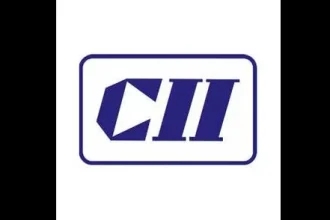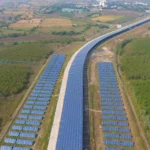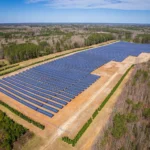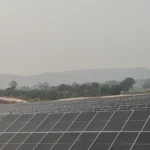In a landmark decision for India’s clean energy sector, the GST Council has slashed the tax rate on renewable energy components from 12% to 5%, aiming to strengthen domestic manufacturing and reduce the cost of green power generation.
The revised rate applies to solar cookers, biogas plants, solar devices and generators, windmills, waste-to-energy units, solar lanterns, tidal and wave energy equipment, and solar photovoltaic (PV) cells, whether assembled in modules or not. Hydrogen fuel cell vehicles, including trucks and buses, are also included, offering a major push to India’s green hydrogen mobility plans.
Objective: accelerate renewable adoption
In its notification, the Central Board of Indirect Taxes and Customs (CBIC) said the move is designed to promote renewable energy goods despite the existing inverted duty structure. It clarified that while a lower tax rate deepens inversion, expedited refund mechanisms and process reforms will help manufacturers manage working capital better.
Industry experts believe the 5% GST rate will reduce project costs, lower renewable tariffs, and accelerate adoption among power distribution companies (DISCOMs) and industries.
Balancing coal with clean energy
The Council also approved an increase in GST on coal from 5% to 18%, but removed the earlier ₹400 per tonne compensation cess. According to the government, this restructuring will not raise coal prices and is revenue-neutral for buyers.
Coal still supplies the majority of India’s electricity, and the government has announced plans to add 80 GW of new coal-based capacity by 2032 to meet rising demand.
India’s renewable manufacturing push
The tax cut comes at a crucial time, as India is building self-reliance in renewable supply chains. The country already produces 100 GW worth of solar modules annually, but continues to rely on imports—especially wafers and ingots from China.
Meanwhile, the government’s ₹19,500 crore Production-Linked Incentive (PLI) scheme for solar modules has faced delays, with commissioning deadlines between October 2024 and April 2026. Industry reports suggest the scheme may see extensions as several projects lag.
Key takeaways
-
GST on renewable components cut from 12% to 5% covering solar, wind, biogas, tidal, and hydrogen fuel cell tech.
-
Coal GST raised to 18% but balanced by elimination of cess, keeping consumer prices stable.
-
Lower costs expected for renewable projects, enhancing adoption by DISCOMs and industries.
-
Domestic solar manufacturing at 100 GW, but upstream supply chain (wafers, ingots) remains import-dependent.
-
PLI scheme for solar PV modules faces weak uptake and potential deadline extensions.
Implications for India’s energy transition
The Council’s decision is expected to stimulate investment in local clean energy manufacturing, helping India reduce import dependence and move closer to its net-zero commitments. By lowering upfront costs and boosting industry competitiveness, the reform could accelerate India’s journey toward affordable, reliable, and sustainable power for all.












